There are many reasons people our age find it hard to get in shape—fatigue, demanding job, achy bones. COVID, quarantine, and germ-filled gyms of the past two years certainly didn’t help. I was once one of those people who faced multiple hurdles—either real or imagined—to exercising.
Sometime in my early 50s, I went from being an only slightly out-of-shape 10K runner to being a person I barely recognized in the mirror. My body was big and round and soft in places it had never been, and anything that could sag did. Even sitting in a chair or lying on the couch, two activities I was doing more than ever before, reminded me that I was tired, in a deep and abiding way. And yet, each night as I put my head on the pillow, insomnia stole every possibility of getting the rest my aging body seemed to need. I couldn’t decide what depressed me more—the idea that I’d gained 20 pounds or the sense that this physical decline was out of my control.
Everyone my age seemed to be experiencing the same changes, and our older friends just shook their heads and quietly muttered the word “menopause.” All I could see was a future of getting larger and lazier and less healthy. Even in the face of that grim image, part of my lethargy was an apathy that urged me off the sofa only for ice cream or a second helping of pasta.
Read More: Your 7 Biggest Questions About Fitness and Our Experts’ Answers
Getting In Shape After 50: The Awakening in My Body
But then, very gradually, the literal and figurative weight of “the change” began to loosen its grip on me. I was 60 by that time, and a tingly feeling I barely recognized returned: motivation. Part of it came from things beginning to normalize in my body, and partly from my quitting drinking. Although I wasn’t putting lampshades on my head at parties, I’d let my wine drinking in the evenings go unchecked. Moderation seemed useless. It turned out that although I’d vowed to drink no more than two glasses of wine in one sitting, two was the exact number it took for me not to care how many I drank.
Following through on something I meant to do for a long time, I began my seventh decade by giving up drinking completely. Surprisingly, it was much easier than the crazy negotiating—“If I don’t drink during the week, I can drink whatever I want on the weekends”—I’d been doing for the last five years, and it added to an awakening in my body and my brain in a way I hadn’t experienced in years. When I added that feeling to the growing sense of my own mortality, which was following me like a feral dog, I got it that I had to get this machine running in a slightly higher gear.
The Self-Fulfilling Prophecy
As part of a writing project I was working on, I actually looked into what happens to our bodies as we get older. Joe Baker, PhD, a professor and researcher in the School of Kinesiology at York University in Toronto, specializes in physical activity across the lifespan. He told me that his work with Masters athletes has shown him that, as we age, we disengage from physical activity because of the stereotypes associated with getting older. We simply feel like we can’t do it all anymore—mainly because we’re older. It’s a self-fulfilling prophecy since this attitude, in turn, promotes a decline in our abilities and conditions. Baker’s work scared me and stimulated me at the same time. More than anything, it got me back to running regularly and to lifting weights three times a week at the gym.
Even jogging three miles was hard at first—my quads were killing me after lunges at the gym—and it was difficult to be patient with myself. I wanted to quit and just “enjoy my old age.” But, if Baker is right, it will be much less enjoyable if I become sedentary. Little by little, I built up my strength and stamina and reduced the amount of sugar and fat I was eating, and within a matter of a few months I realized I was probably in the best shape of my life. This doesn’t mean it was easy, because it wasn’t. I hit a wall 20 minutes in on many, many morning runs. I’d try to keep going, but eventually I’d do my own version of the walk of shame, all the while muttering about letting myself get out of shape in the first place.
Read More: We Tried Peloton to See If the Price Is Worth It—Here’s the (Detailed) Verdict
Healthier Than Ever
Once I started to rebuild my energy, my muscles, and my interest, it got much easier and I definitely made progress. I’m 15 pounds lighter, and I run more than 30 miles a week. The weight training has actually created definition in my muscles, and, if I weren’t 65 with a 65-year-old’s aging skin, I’d say I look better than I ever have. I know I look healthier.
The important thing is that I don’t feel obsessed about this as I did when I was in my 30s and watching every morsel I ate. I still indulge in ice cream and tortilla chips, and I spend lots of time lying on the couch reading. But I get outside and move my body every day for most of an hour and it makes those snacks taste so much better. For me, though, the big win is simply feeling an improvement in my self-concept. It’s given me confidence to set a fitness goal and achieve it, and it makes me hopeful about what lies ahead.
8 Steps to Getting Back in Shape
At some point, we’ve all found ourselves out of shape and heavier than usual. If you want to feel better and look better, try these tips.
- Be realistic. If you haven’t been to an exercise class in 10 years, you may want to position yourself in the back row and move at your own pace. Don’t sign up for a marathon quite yet. The less realistic you are, the more you’re setting yourself up for failure.
- Make yourself accountable. Take a class, sign up for a personal trainer, meet a buddy at the gym, tell your family you’re making a change. If you keep it to yourself, it’s easier to let yourself off the hook, which means you’ll stay out of shape for even longer.
- Stay in balance. As we age, we often struggle with balance issues, which can cause us to fall, or fear a tumble. Practicing balance exercises every day can help. Give these a try.
- Keep moving. You don’t have to run or race or enter marathons. You just need to move, which helps keep everything in your body functioning better.
- Take care of yourself. Make sure you’re eating right and getting lots of rest. Both will help you feel better physically and emotionally.
- Check with a professional. If you’re not sure what kind of exercise is best for you, talk to your doctor or a trainer at the gym. This will prevent injuries and can get you started on a healthy path.
- Find some like-minded friends. It’s much easier to get out and exercise if you’re doing it with a friend. It provides accountability (see #2), and it will definitely get you focused on something other than slogging through a run or walk or bike ride. You’ll be visiting with your friend and the time will pass much more quickly.
- Remember why you’re doing this. There will be lots of days when you don’t feel like working out. A day off or two is fine, but just remember that you’re doing this to prolong your life, to strengthen your body, and to feel better. With your eyes on those prizes, getting yourself going every day will be much easier.
Read More: Burn Fat, Lose Weight on a Fast-Mimicking Diet
***
Ginny McReynolds holds an MFA in Creative Nonfiction from Goucher College and writes about communication, retirement, reinvention, self-concept and creativity in The Washington Post, Curve magazine, Sixty and Me, and Together. She also writes a weekly blog you can check out here. She retired several years ago from a 30-year career in community college education in California.
A version of this article was originally published in July 2017.

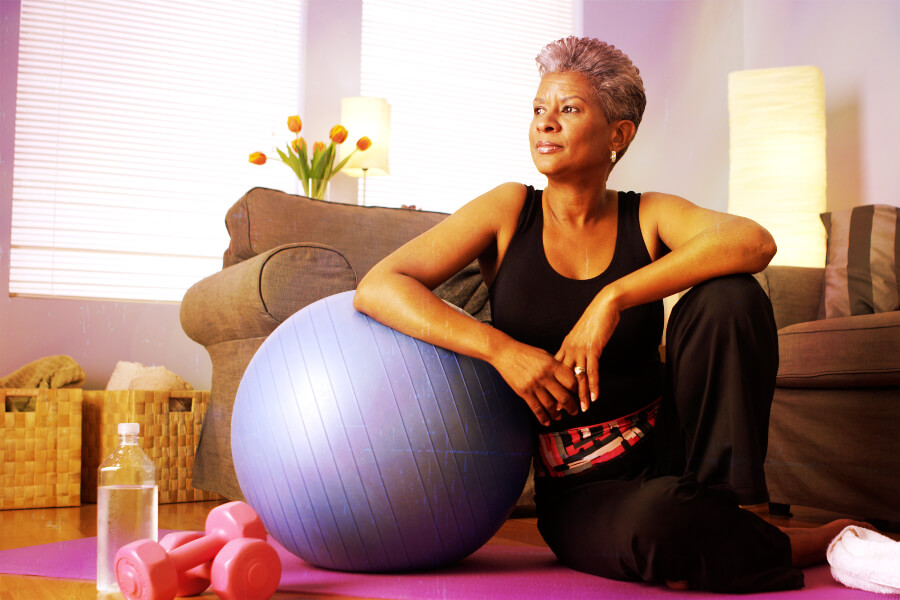
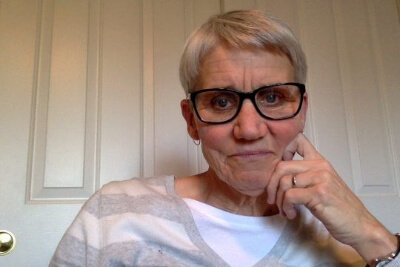
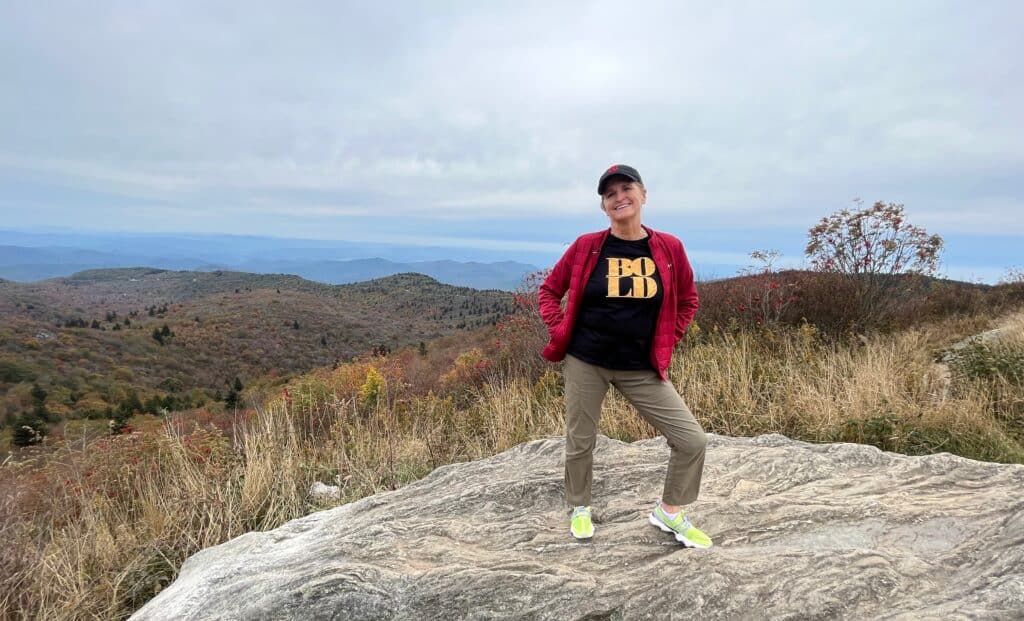















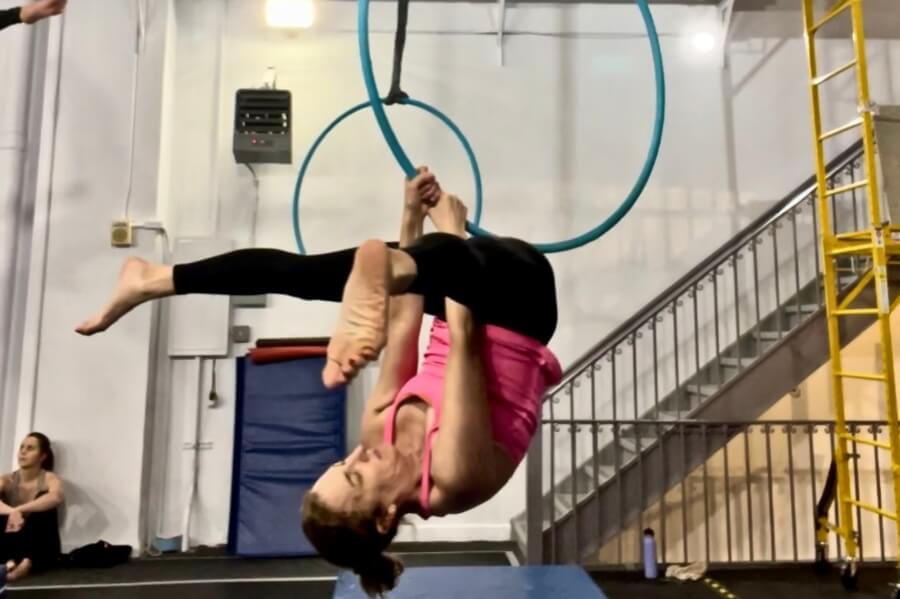

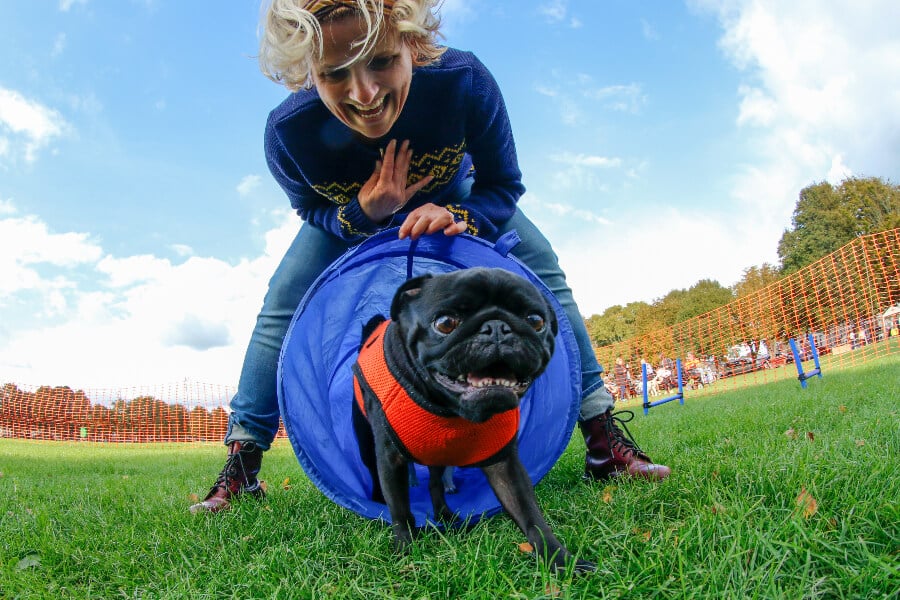
0 Comments